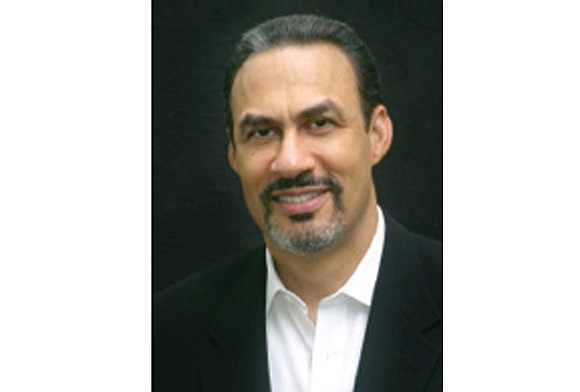Architect of new National Museum of African American History & Culture has ALS
12/30/2016, 9:34 a.m.
Associated Press
RALEIGH, N.C.
The lead architect of the Smithsonian’s National Museum of African American History & Culture disclosed that he was diagnosed with Lou Gehrig’s disease earlier this year.
Phil Freelon told WRAL-TV in Raleigh, N.C., in a story that aired Dec. 23 that the diagnosis, which came before the museum chronicling the black experience in America opened on the National Mall in September, was a “shock and a disappointment.”
But the famed Durham, N.C., architect said he hopes his story can raise awareness for a disease that’s not well understood. He said he walks with a cane now and recognizes that within three to five years he could suffer muscle loss and paralysis.
The disease, also called amyotrophic lateral sclerosis, or ALS, attacks motor neurons, the cells that control the muscles. Scientists aren’t sure what causes it and don’t have a cure.
Mr. Freelon has started a foundation called Design a World Without ALS.
“It’s a way to do something other than just think about myself and my situation,” he told the television station. “I want to be able to help others with this condition.”
His foundation is trying to raise $250,000 to fund research at the Duke University ALS Clinic and to support ALS patients and their families. A benefit concert is planned for April 20 at the Carolina Theatre in Durham.
Mr. Freelon said he thinks of the disease as underfunded, not incurable.
“There probably is a cure somewhere down the road, but ALS doesn’t have the power of fundraising behind it as, say, heart disease or cancer or even AIDS because there aren’t as many people afflicted with this,” he said.
Normally fiercely independent, Mr. Freelon said he’s adjusting to having to ask for help.
“I’m not so much focused on why this, why this time, or why this particular affliction. I want to make an impact for as long as I can.”
He currently is working on a Motown museum in Detroit with music producer Berry Gordy Jr.








